This past January, Ximon Lee, a graduate from Parsons The New School for Design made headlines in the fashion world when he won the prestigious H&M Design Award. That was notable for two reasons: Lee is both the first menswear designer and the first designer based in the U.S. to win the award. The prize? Lee was able to show his graduation collection in January at Fashion Week Stockholm in Sweden, and also gets to develop key pieces to be sold in selected H&M stores in fall of 2015.
Lee’s creativity did not go unnoticed to peers and friends either. “I was always interested in the way [Lee] saw little things, and how he would create these unique pieces and I always wanted to know exactly where he got his ideas from,” said Maxwell Turner, who attended a Parsons summer course with Lee in 2009. “But I think the reason I wanted to know was because it was never exactly one place or one thing. That’s the beauty.”
Lee’s unique experience may account for the stories he tells through his pieces. He was born in a small town in Northern China, close to the Russian border. Lee’s parents spent most of their time traveling and brought Lee along with them. During his childhood Lee would have to transfer schools as often as each year, and moved from China at a young age. After taking a Parsons summer course, he moved to New York City for good in 2010.
“I don’t think fashion school was my plan.,” Lee said in an interview with the **Free Press** on March 10th. “I decided on Parsons. “It was because it was in New York. Just New York City, and people in the city. It was always my goal to live in the city because it’s easier to grow.”
Lee did not attend Parsons intending to study fashion.
“My initial interest in graphic design and the visual aspect of it pushed me into fashion because I’m transforming the 3D transformational forms that relate to the things I created,” said Lee of his unique perspective of fashion accompanied by graphic design, “things that people can touch and feel, things that aren’t on a screen.”
Lee used heavy layers in the pieces for his collection senior year, as well as a variety materials that focus less on commitment to specificity and more on narrative. He layered thick materials such as leather and denim, and used unorthodox design techniques like bleaching and turbo-drying to create the pieces, along with copper paint.
“All the pieces you’ve seen with the copper inscribed – they’ve all been painted. It takes time to paint them correctly, set them dry, and stitch them together. All the denims are bleached, dried, then washed, and then turbo-dried.”
Lee says he has no particular fashion icon. “It’s more about everyday life,” Lee exclaimed when asked if he has a particular fashion icon he looks up to. “I love people watching, everyone or anyone can be inspiration… It could even be eye contact,” or “A girl working at a coffee shop wearing interesting things, a person walking down the street carrying a certain interesting item, a person speaking, that could all be inspirational, you know, could serve as a reference for design.”
To find inspiration for his senior collection, Lee travelled to Moscow, Russia, and surrounding suburban areas
“The feelings and the way things look remind me of the town I grew up in,” he said. The architecture is like a ghost of something. The architecture inspires me, as well as the playgrounds and the constructionism.” Lee also mentioned the settings and mood in **Children of Leningradsky**, a film about homeless children in Russia as a source of inspiration.
“The cold, boring, winter; the heavy layers, when you’re cold and you don’t feel comfortable, when you’re wearing a lot of jackets at once and you don’t feel comfortable.” he said.
It took Lee six months to finish creating his fall collection, as his pieces required individual techniques such as bleaching and turbo-drying, and then were sewn together with other fine details to the garments including paint and one fashion label that reads: ‘WARNING: TO AVOID DANGER SUCH AS SUFFOCATION, KEEP THIS PLASTIC BAG AWAY FROM CHILDREN’.
“All of the bleached pieces, they’re art pieces, I can’t produce a thousand pieces. The way the pieces deal with water, the way they’re washed, I wouldn’t be able to control how it ends up when it goes down to production. So I have to think how things are working from the direction side. From the design side, I try to simplify things.”
A commercial retail store such as H&M sells ready to wear garments, so Lee is in the process of simplifying his pieces to avoid issues during production (most H&M garments are made by fast-fashion Swedish retailer Hennes & Mauritz). His collection was chosen by the H&M Design Team not because of the comfort of the collection but because of the design and fabric development. “His research was beautiful, the fabric development was really skillful and his design was good,” said Luella Bartley, Head of Design at Marc by Marc Jacobs. Lee is now taking the detailed, layered pieces he created and transforming them to more wearable ones.
“When I had a meeting with [the H&M Design Team] I thought I would have trouble transforming [my collection] into a commercial collection,” he said. “In the end you have to be able to speak to customers, they have to be able to wear it, it can’t just hang on the wall like a piece of installation art.”


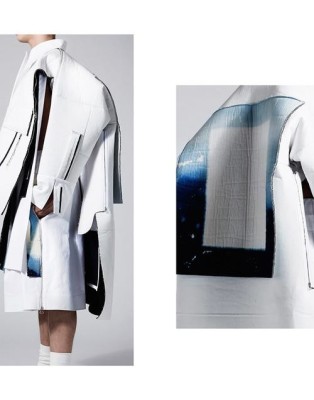
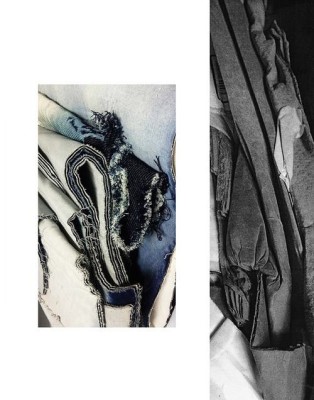
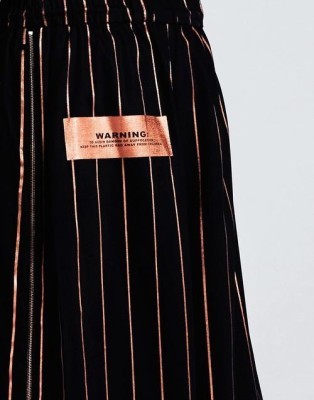
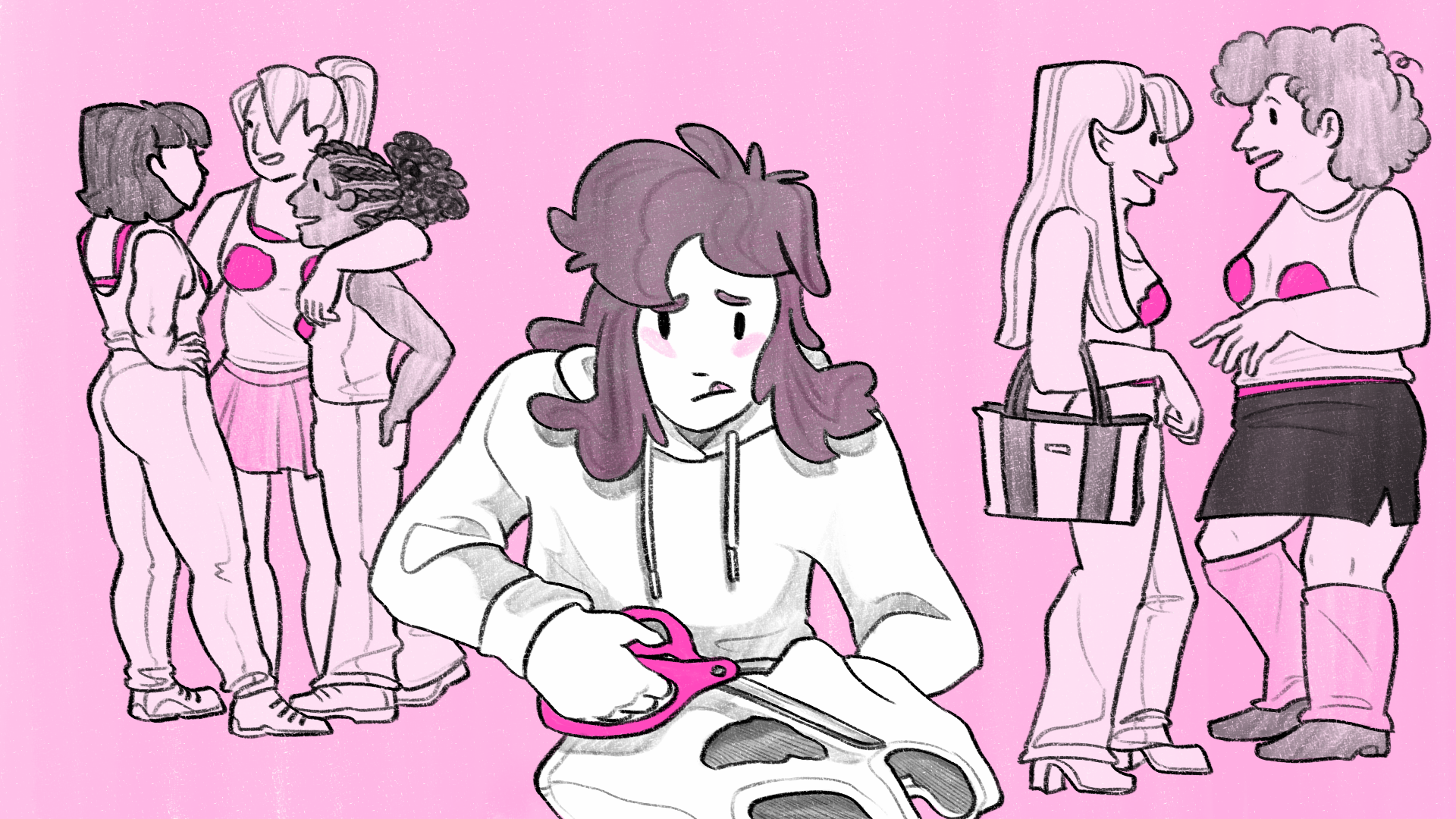
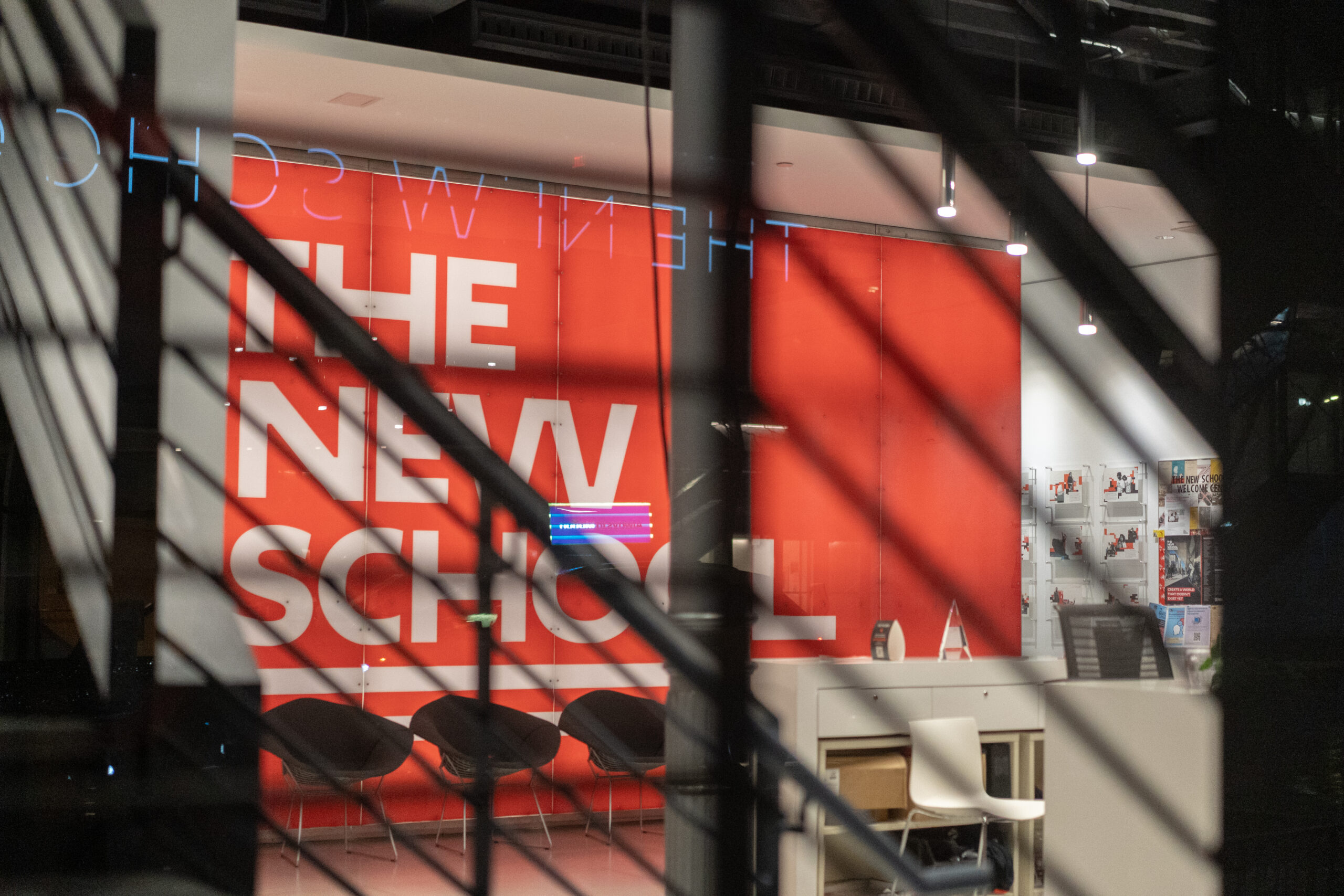
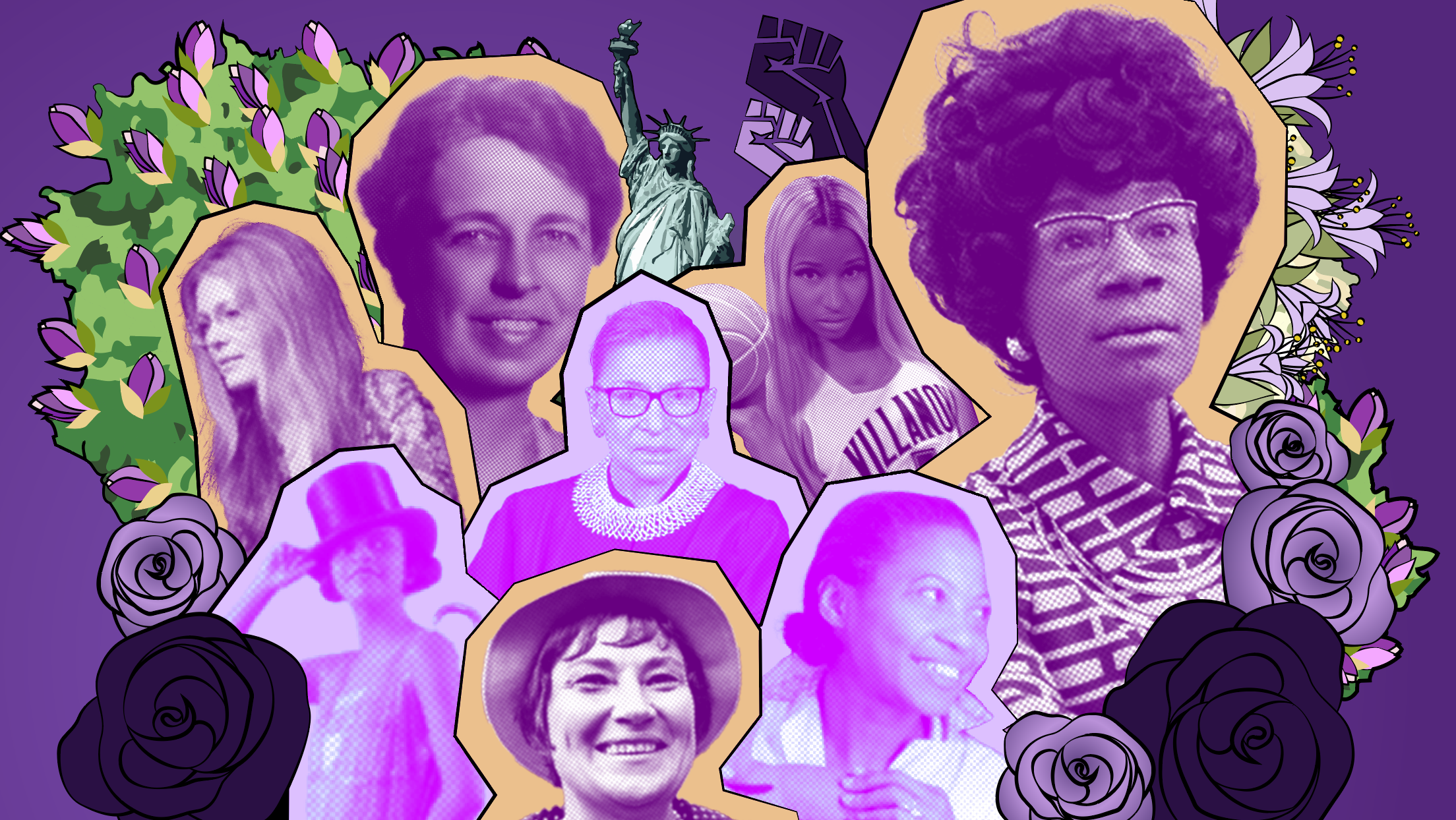

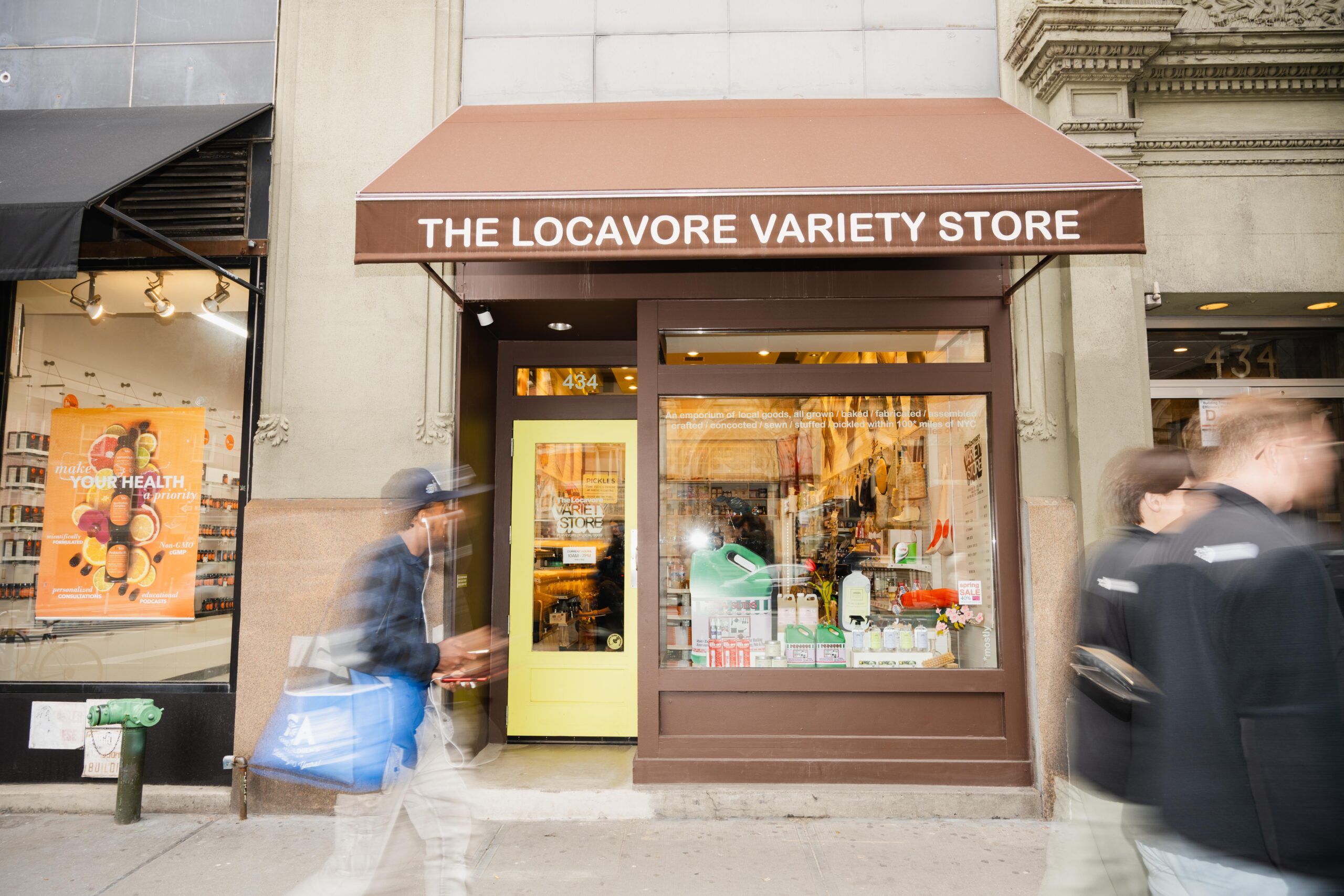
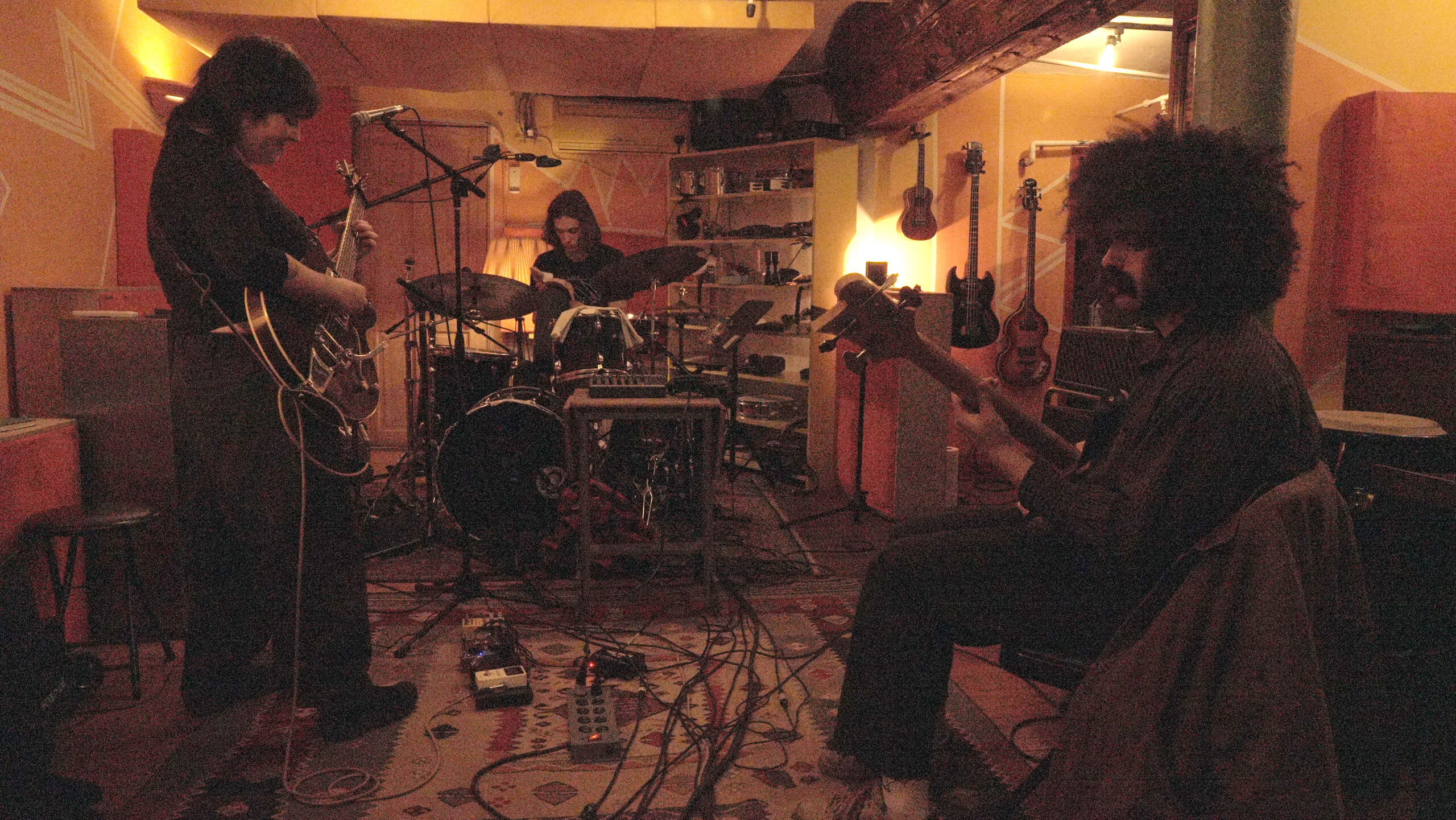
Leave a Reply